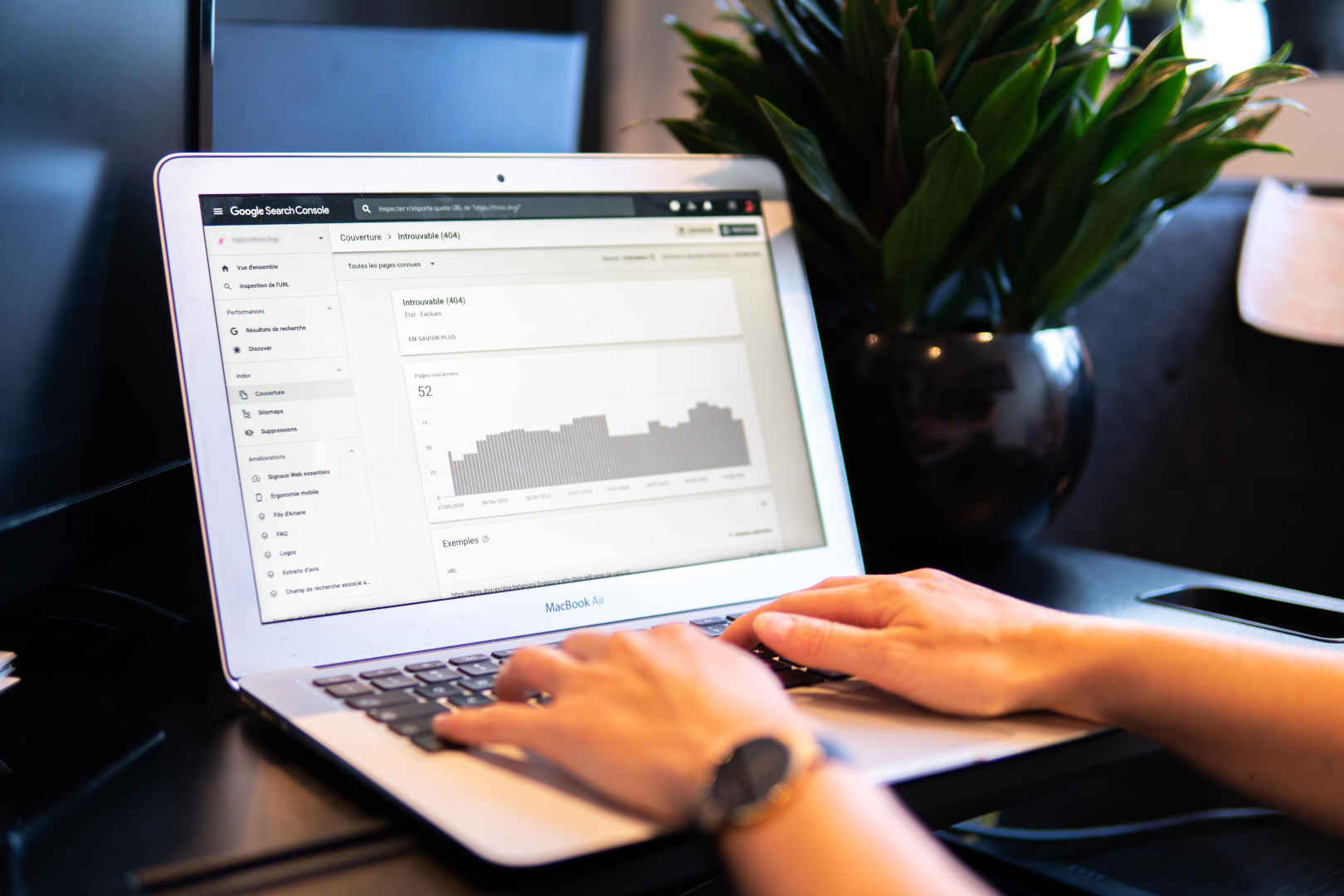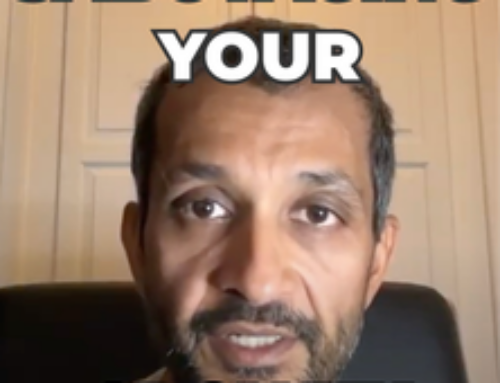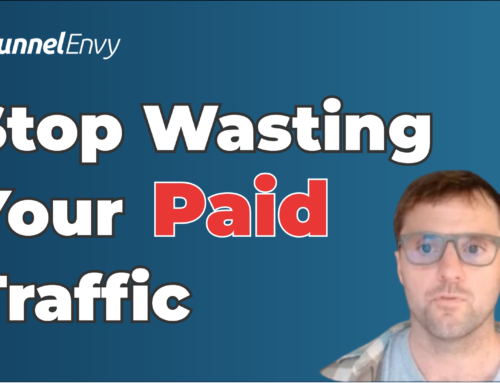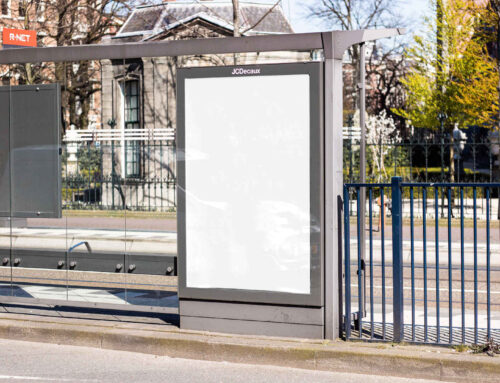Paid advertising campaigns on one of today’s many prominent digital media channels can be a valuable part of any funnel. One of the key advantages of paid ads (also called PPC) is that they offer quicker access to a larger audience than organic strategies like SEO and referral marketing. In this sense, building a massive audience almost “overnight” is possible, often reducing the time it takes to achieve your KPIs.
But like every strategy to promote your funnel and company offerings, paid advertising has a downside: cost. Investing in paid placement on social media networks and search engines can get expensive, especially if you aren’t sure about the return you’re getting.
Based on our experiences working with clients incorporating paid advertising campaigns into their funnel, we’ve found a few specific strategies work best for cost reduction.
Tweak Audience Targeting
On most paid advertising platforms – especially social media networks – one of the first things you’ll do is set up a target audience that dictates what kind of people will see your ads. One significant determining factor is often location: some companies running ads will want to restrict them to people in a specific location. For many software and digital services companies, geography is no longer significant in determining their target audience for paid ads.
However, you can still use geography as a variable as you adjust your audience targeting until you can find an ideal audience set that gets you the results needed for sufficient ROI. Here are a few other ways to adjust your audience targeting:
- By device. While it’s essential to ensure all elements of your funnel are accessible from any device, it’s sufficient to experiment and see if one particular device works better for generating engagement and visitors.
- Browsing time. Each PPC platform will allow you to target the time of day or browsing windows slightly differently. You may find it best to break up these metrics into six or 8-hour periods and see which timing works best.
- Lookalike audience. A lookalike audience is a predictive feature that allows a network to list people who share the same characteristics as another group of people who have already shown interest in your audience. For example, on Facebook, you might use “Fans of the Business Page” as a lookalike audience to draw on for an ad campaign.
Make the Offer Better
Another big element of getting more traffic from each ad campaign – thus lowering overall costs – is the offer; how do you intend to attract people into your funnel? It starts by getting them to click on the ad while browsing the platform on which it appears; an action sometimes referred to as a “clickthrough.” It is an important first step in any paid ad campaign. No matter how well-optimized your audience targeting or how great your ad creative is, you’ll struggle to bring in enough prospects if your offer isn’t as compelling as it should be.
There are many ways to improve your offer, but we’ve found a simple and quick way to upgrade substantially: keep your current offer but expand what you provide. For example, if you offer a 15% discount on an initial package, you may increase that discount to 20%. If you’re offering a 20-minute evaluation, maybe change it to 30 minutes.
If these adjustments don’t bring about sufficient improvement, you may want to consider completely changing the nature of the offer. In these situations, look to competitors or companies who work in related industries to see the most successful paid advertising offers.
Strengthen the Hook
In this context, the offer’s ” hook ” refers to the ad’s elements that bring in prospects. Usually, this consists of an image, a headline, and a “sub-headline” element that appears at the bottom. There’s also usually a CTA button that entices users to click and take the next step in the ad’s funnel.
Bringing as many prospects into the funnel as possible is crucial to minimize the amount of money you invest in each ad campaign. One way to do this is by improving the elements listed above. Pick an individual component to work on – like the headline – and go through some testing to determine an ideal version. From there, you can open up the testing to other ad creative elements. For example, should your subheadline be a question that piques readers’ curiosity or a bold statement that challenges their beliefs on an important subject? Either could be practical, depending on your specific needs and target audience.
Call in a Specialist as Needed
As is the case with most elements of a digital marketing campaign, sometimes it’s hard to have the right perspective when you are so close to the internal workings of your funnel. You and your team may have strong opinions about what is or isn’t working for your ad campaigns and the rest of your digital efforts, but you may be missing one key piece of perspective that’s hard to find inside your own business.
These are situations in which outside experience can be precious to your marketing efforts. Cost is a big factor here – there’s no point in reducing the amount of money you’re spending on paid ads for your funnel just to replace that spend with money going towards a consultant or expensive agency. And it’s true that in some cases, bringing in an outside party to review your ad campaigns can make things more convoluted and frustrating.
There are two keys here: first, you must seek assistance on a level that makes sense for your business and your budget. As a smaller startup just beginning to experiment with paid ads to bring in revenue, one probably doesn’t need to rush out to lock down a yearlong agreement with a boutique agency with a five-figure monthly retainer. Even a casual “brain-picking” session with a respected mentor or expert in their field can sometimes be enough to shed new light on a problem that helps you take steps towards solving it.
At FunnelEnvy, our team has many collective years of helping clients in all kinds of industries address challenges related to their marketing funnels, whether it involves paid ads, landing page optimization, or making forms more efficient for visitors. We use this background to give each client personalized attention to help them meet their goals. Whether that’s ensuring they spend less on advertising in favor of other methods or optimizing their current expenses to ensure they get as much return as possible from their ad campaigns, we can help.
If you’re interested in learning more about FunnelEnvy and how we work with our clients, click here to fill out a brief quiz that will allow us to learn more about your business and determine if we’d be a good fit to help with your funnel optimization needs.







